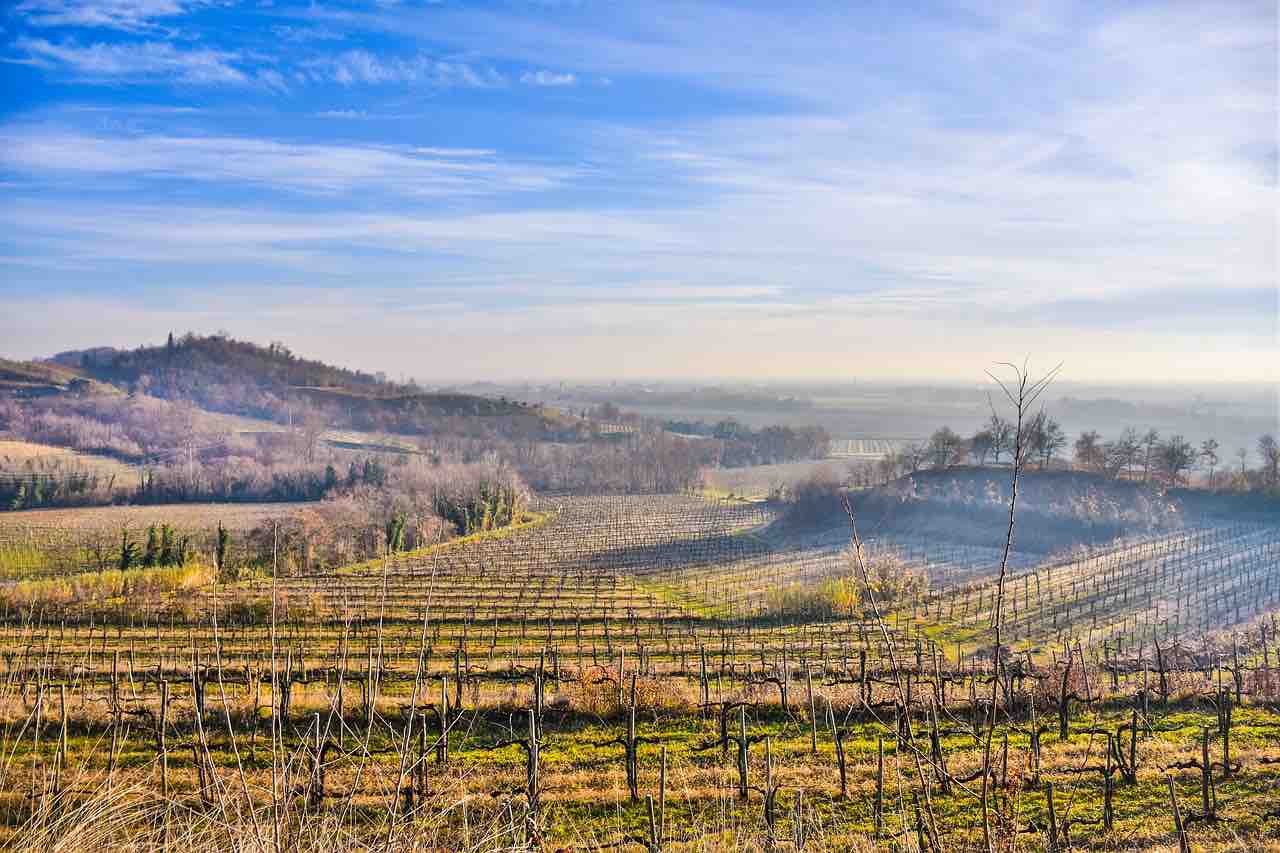
On February 3 in Munich, Slow Wine presented , its wine guide of the year 2020, which includes wineries from Italy, California and Oregon. Slow Wine focuses on wines whose regional origin is recognizable and which also take ecological aspects and handcrafted production into account. That doesn’t mean that their taste is secondary.
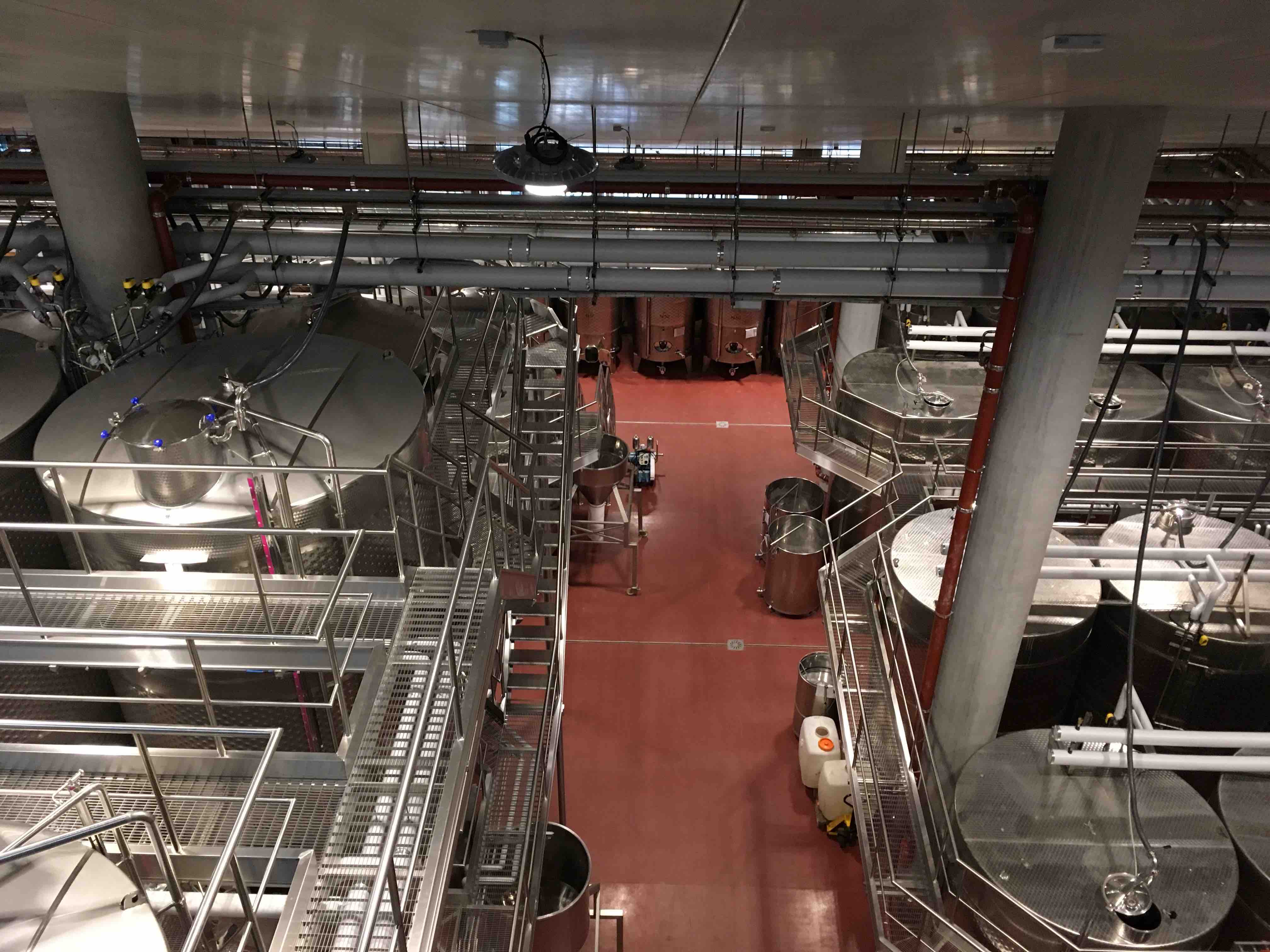 Moscato Rosa del Trentino – called in South Tyrol Rosenmuskateller – a grape variety that is found almost exclusively in northern Italy and especially in South Tyrol, does not come from Sicily, as often claimed in Italy, but most likely from Dalmatia. In this respect, the synonym of the variety Moscato Rosa del Trentino is a bit misleading, as far more than 85% of the approximately 100 hectares of the Italian Rosenmuskateller vineyards are in South Tyrol. Outside Italy you …
Moscato Rosa del Trentino – called in South Tyrol Rosenmuskateller – a grape variety that is found almost exclusively in northern Italy and especially in South Tyrol, does not come from Sicily, as often claimed in Italy, but most likely from Dalmatia. In this respect, the synonym of the variety Moscato Rosa del Trentino is a bit misleading, as far more than 85% of the approximately 100 hectares of the Italian Rosenmuskateller vineyards are in South Tyrol. Outside Italy you … 
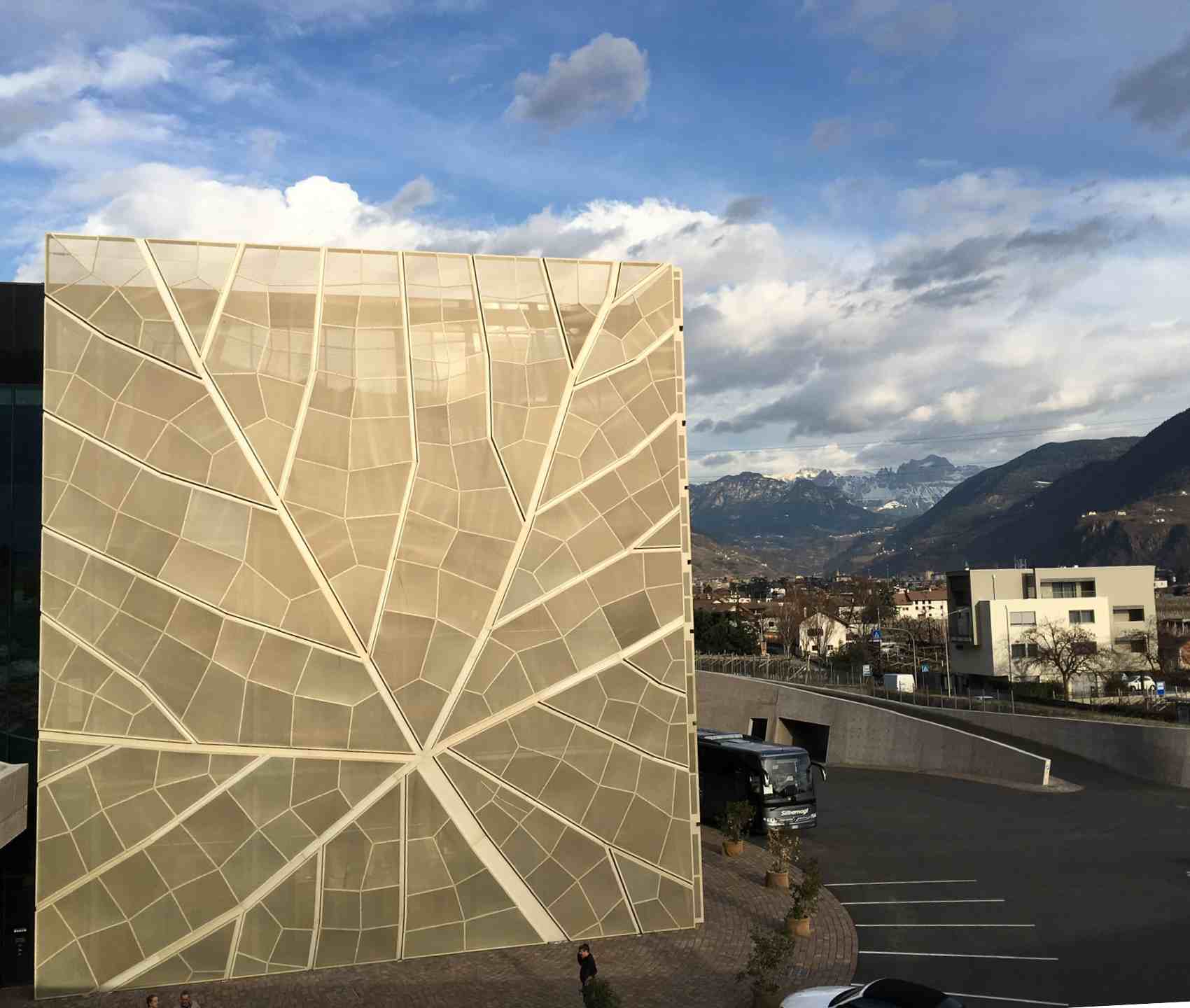
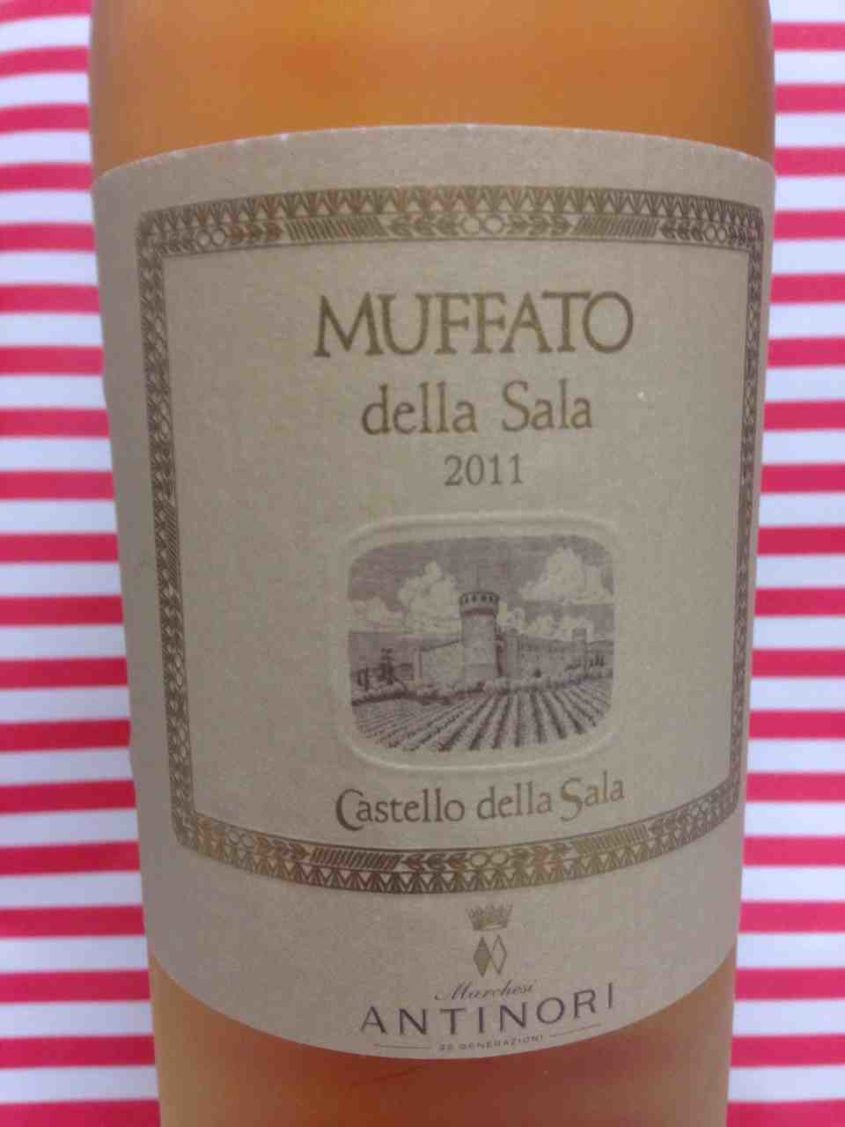 At our Italian evening Hans and I agreed in the judgment of the Muffato della Sala 2011 by Castello della Sala: In the nose like Sauternes, on the palate somehow stronger, the sweetness a bit too noticeable, there are some similarities with Passito, nevertheless no Passito – in short one very good, original Italian sweet wine.
At our Italian evening Hans and I agreed in the judgment of the Muffato della Sala 2011 by Castello della Sala: In the nose like Sauternes, on the palate somehow stronger, the sweetness a bit too noticeable, there are some similarities with Passito, nevertheless no Passito – in short one very good, original Italian sweet wine.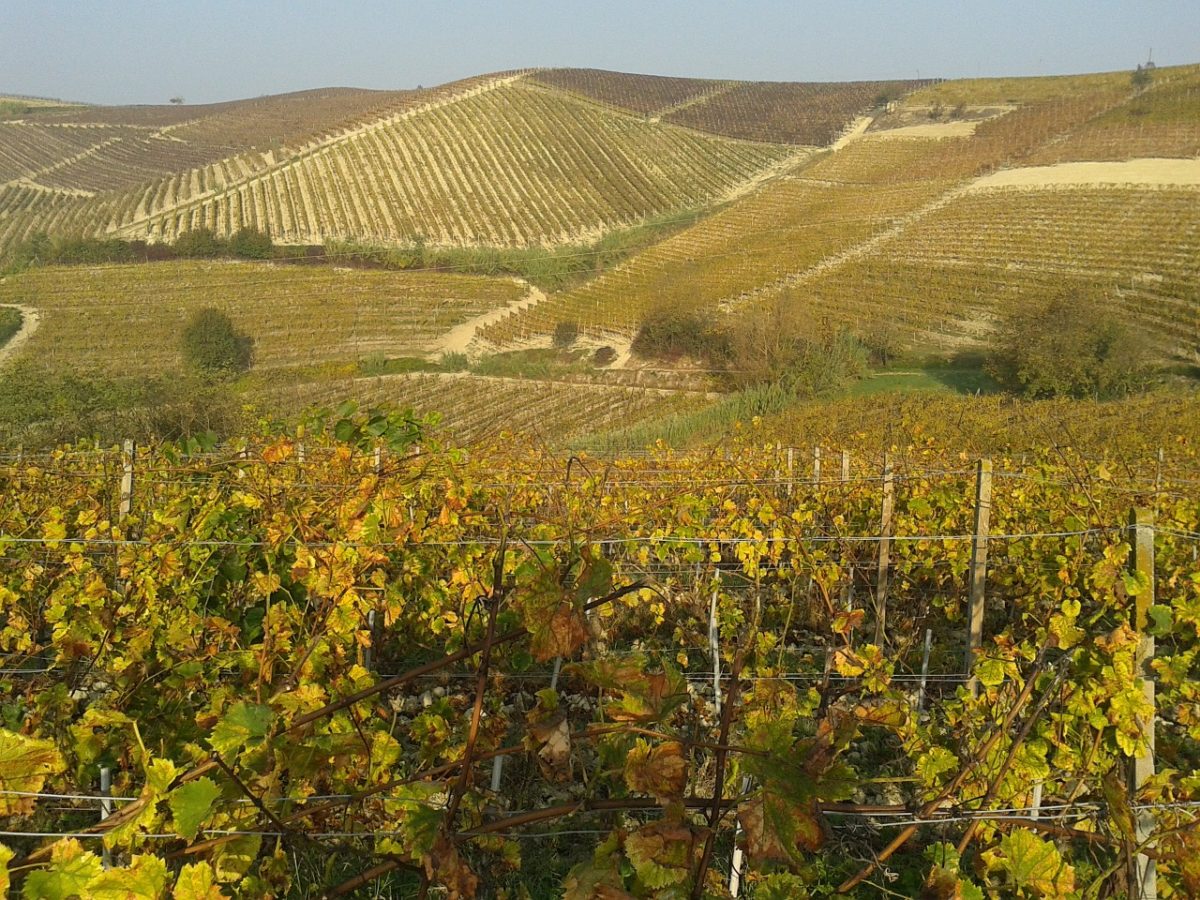
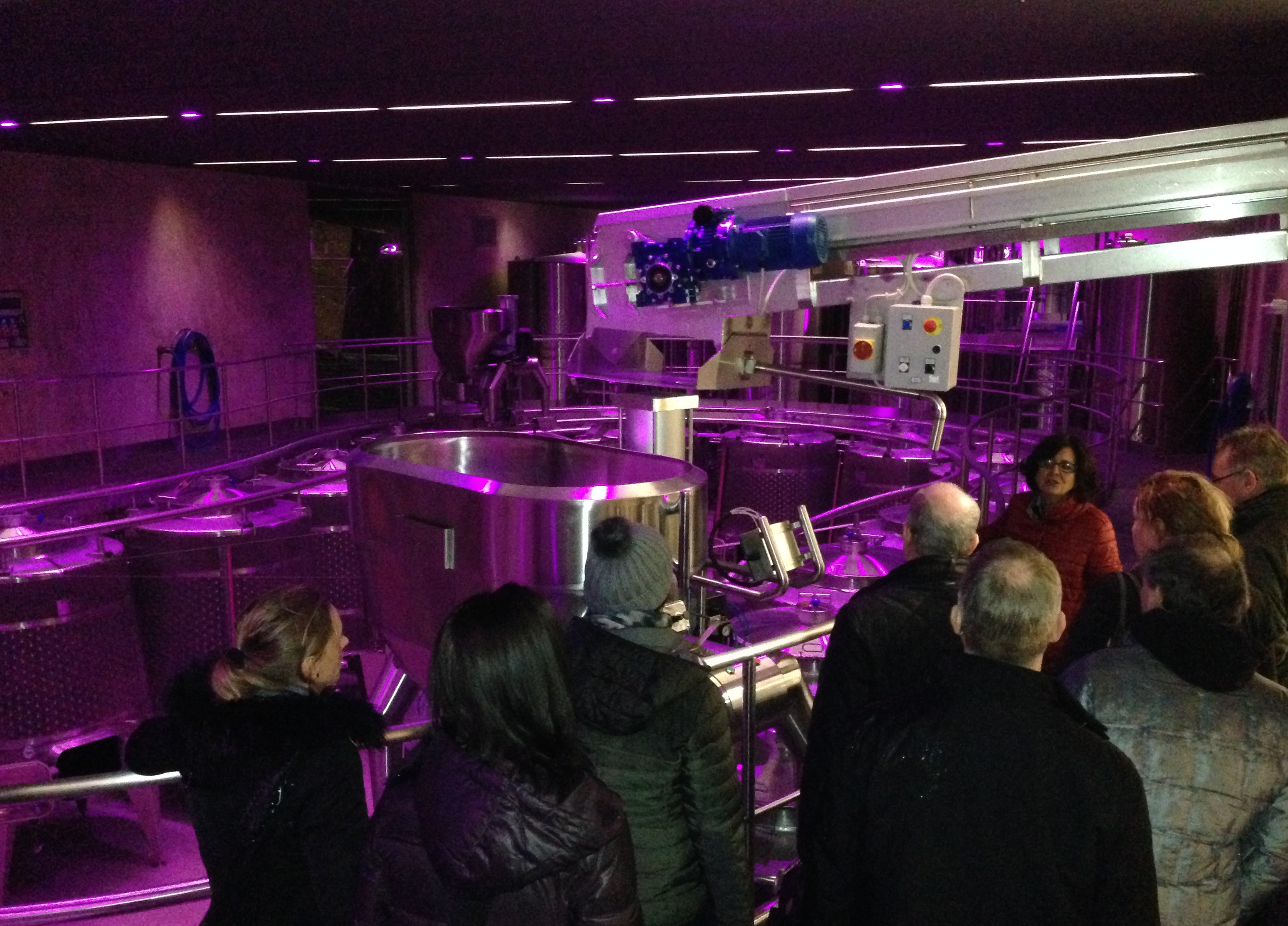
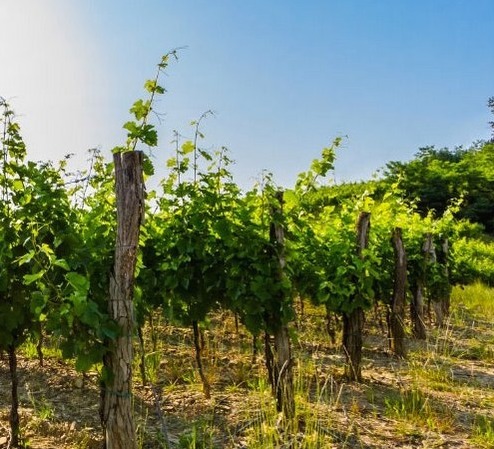 The Consorzio Friuli Venezia Giulia Via dei Sapori had invited to trie Friulan products from the kitchen and the cellar. On 13 February this year, seven restaurateurs, twenty winegrowers and eleven delicatessen producers presented local specialties from the Friuli Venezia Giulia region in Munich. An excellent opportunity to introduce the outstanding products, the excellent, innovative and at the same time traditional cuisine as well as the variety of the very good Friulian wines to a wider audience. The offer, such …
The Consorzio Friuli Venezia Giulia Via dei Sapori had invited to trie Friulan products from the kitchen and the cellar. On 13 February this year, seven restaurateurs, twenty winegrowers and eleven delicatessen producers presented local specialties from the Friuli Venezia Giulia region in Munich. An excellent opportunity to introduce the outstanding products, the excellent, innovative and at the same time traditional cuisine as well as the variety of the very good Friulian wines to a wider audience. The offer, such … 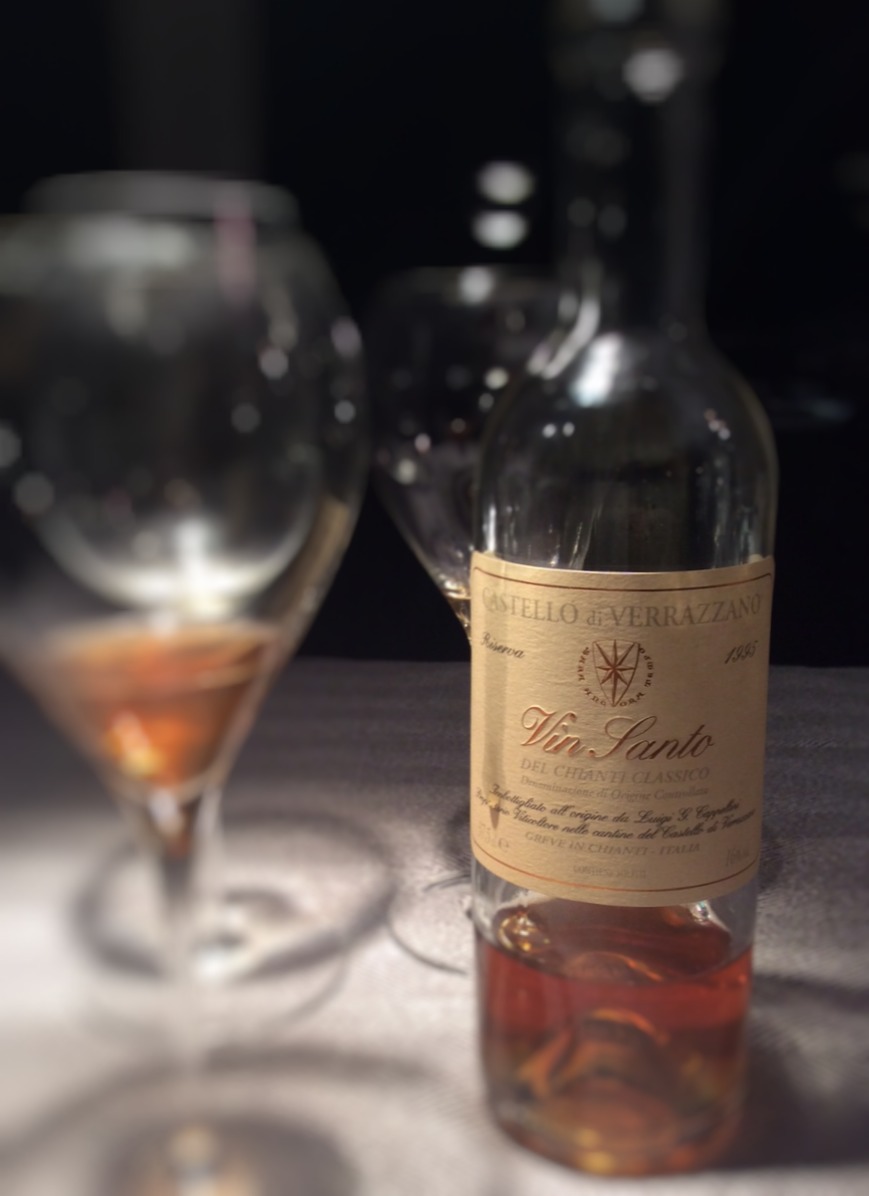
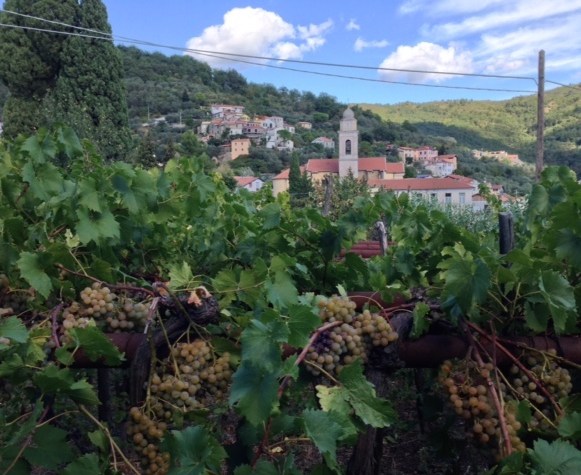 The Moscatello di Taggia has been a welcome guest at the English and Flemish royal courts as well as at least some papal tables since the 14th century. For a long time, this wine was considered a symbol of Ligurian viticulture, until in the 19th century the phylloxera decimated the existence of this variety to the point of insignificance and thus the grape variety was forgotten. It was only in 2003 that around 20 plants of this grape variety were …
The Moscatello di Taggia has been a welcome guest at the English and Flemish royal courts as well as at least some papal tables since the 14th century. For a long time, this wine was considered a symbol of Ligurian viticulture, until in the 19th century the phylloxera decimated the existence of this variety to the point of insignificance and thus the grape variety was forgotten. It was only in 2003 that around 20 plants of this grape variety were …